The chaos of the conflict in Ukraine is difficult to track, let alone to reflect on a human scale. After ten years of destruction and occupation, analyzing the situation from afar is a challenge. For many in Ukraine, art provides a way to communicate about a culture under siege, a sense of identity and a concrete way of engaging with people outside the country.
While art can speak for itself, it requires human cultural ambassadors. To this end, Ukrainian nationals and their allies have been working tirelessly to promote the voices of a people under siege through museum exhibitions and events the world over.
“Ultimately, I saw something happening that wasn’t right, and I didn’t see the answer I wanted around me, so I elected myself to provide it,” explains Franco-British actor Edward Akrout, founder of the nonprofit Art Shield. The name was carefully chosen: a shield is both a protector and a weapon in wartime. Akrout came to the cause through his wife, reporter Shelby Wilder, and for two years has been the Hollywood-ready face of a movement in crisis.
Based between London and New York, he and his partners, Paradox Public Relations, with their sponsor Creative Visions and its founder Kathy Eldon, have spearheaded cultural events in both cities to raise awareness of the conflict.
In London, they produced Kyiv Art Sessions, with additional partnership from the Ukrainian nonprofit Dom Master Klass, and in New York, they mounted the Kyiv Festival. Kharkiv photographer Sasha Maslov participated in Art Shield’s Kyiv Festival, where his portraits of soldiers, weaponry and civilians amid war were displayed. Kyiv local Tatyana Boryanova is both a wine company owner (Deocupage Wine) and translator for Human Rights Watch. Akrout is in awe of them both for their resilience and creativity.
Art Shield’s funding model is structured so that 50 percent of proceeds go directly to artists, 25 percent to the organization, and 25 percent to impact initiatives, which include an art therapy program for veterans and painting bomb shelters for children.
Many other Ukrainian artists have been enlisted directly into combat. “If it is their duty to fight for their values,” Akrout says of them, “it is our duty to amplify their voices.”
Promoting artists during wartime is also the mission of New York’s Ukrainian Museum, particularly their recently hired development coordinator Maryna Prykhodko. She is tasked with spearheading grant funding and building their young professionals network, Kolo.
A Kharkiv native educated in New York, Prykhodko leverages the institution to educate as many people as possible about the conflict. When she was a freshman at NYU during the Revolution of Dignity in 2013, she used social media to write and protest. Now, she is scaling up her efforts at the forty-eight-year-old museum. “I introduce myself as an activist to everyone I meet… right now, my place is at the Ukrainian Museum in New York. There’s a lot of potential, and work to do, in terms of cultural and arts activism.”
Citing the Ukrainian Museum as “an institution at the forefront of the decolonization of Ukrainian art and culture,” she noted an ongoing exhibition titled Peter Hujar: Rialto, addressing the artist’s Ukrainian heritage in a new context. Hujar was a legendary East Village photographer, whose depictions of otherness, including disability and death, were deeply influenced by his experience of an unstable childhood, where he grew up speaking Ukrainian with his grandparents. Such American experiences take on a new resonance with Ukraine, as an old world is dismantled and in danger of disappearing.
After the Hujar show closed in September, the work of avant-gardist Alexandra Exter now features alongside those of other Ukrainians: Prykhodko and other Ukrainians in the US and elsewhere pointedly note that Ukrainian artists, for a variety of reasons, are often mislabeled as “Russian” — part of the ongoing efforts at this museum and others intend to correct this unfortunate default to encourage reeducation of the French canon.
In wartime, the power of art is undeniable. “No matter who you are or where you are from, art speaks to you and makes you feel something,” Prykhodko said. “If you can find a way to guide people toward an emotion or, even better, an action, such as calling their government representatives about more support for Ukraine, it becomes the most powerful tool in the world. It transcends all mediums and geographical barriers.”
Art correspondent Sophia Kishkovsky has always recognized the power of art as a tool, and since she first visited the region in the late Nineties, the imminent danger of Russian leader Vladimir Putin’s political strategies as well. Writing for the Art Newspaper and the New York Times among others, Kishkovsky is arguably the best American reporter of the culture proxy war.
“I was shocked but not surprised, knowing how Putin and Russia operate, that culture was immediately targeted,” she says. “From the first days of the invasion, museums in cities across Ukraine were damaged or destroyed by Russian bombs, including in Chernihiv near Kyiv and Mariupol in eastern Ukraine, their collections looted under Russian occupation. The scale is overwhelming, yet the courage and perseverance of many curators, who have faced threats, kidnapping and death, is amazing.”
In July Kishkovsky wrote about Alina Dotsenko of the Kherson art museum, who saved the museum’s collection by telling Russia forces that it had been moved for the building’s renovation.
“Although Russian officials did ultimately load up most of the art and take it to Russian-occupied Crimea, and now claim they are protecting it, Dotsenko and her staff are documenting the theft and looking ahead, possibly decades, to returning the works,” Kishkovsky says.
She notes the dual destruction. There was the explicit iconoclasm of culturally beloved folk art — the work of Maria Prymachenko destroyed by fire in Ivankiv village, and of the murals in the home of painter Polina Raiko flooded by the breach of the Nova Kakhovka Dam. Yet more consistently, the invasions have deeply disrupted the daily lives of contemporary artists. Musician, artist, partygoer and queer icon Artur Snitkus died in combat on the front lines in June.
Although they do not work together, the community organizer, museum staffer and art correspondent echoed one another’s conclusions.
“It is crucial for us to be Ukraine’s voice globally and continue advocating for increased support,” Prykhodko says. “Each of us has a role in Ukraine’s victory; we must accept this challenge.”
Speaking of artists in combat, Akrout adds, “This challenges the assumption that art should always be pacifist — sometimes, art and the ideals it represents need a shield, and maybe even a sword, to ensure their survival and impact… while pacifism is understandable, it is essential to recognize that some wars are just and necessary.”
Akrout expresses concern about the rising number of countries worldwide under oppressive autocratic rule. “If the democratic world does not support Ukraine, it is essentially committing both practical and spiritual suicide,” he all but pleads. Speaking of the world as a global community at risk of losing democracy, he adds, “If we cannot support those willing to die for these values, we fail to support ourselves.”
Kishkovsky recommends one subject of her articles, Asortymentna Kimnata, an organization which provides grants to European journalists and art specialists to travel to Kyiv and Odesa to learn more so that they can raise awareness about Ukraine. In partnership with the NGO Insha Osvita and the Prague Civil Society Center, they closed applications to their second exchange trip in July. A third trip is planned at the time of writing, with added stops in Kharkiv and Vinnytsia. All travel costs are covered for curatorial tours, networking events with individuals and art communities and additional public discussions.
This article was originally published in The Spectator’s November 2024 World edition.










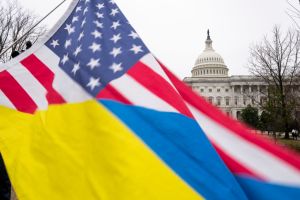
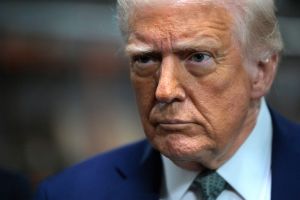
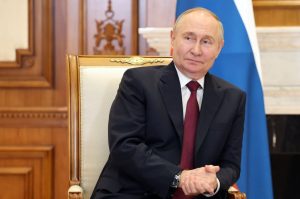
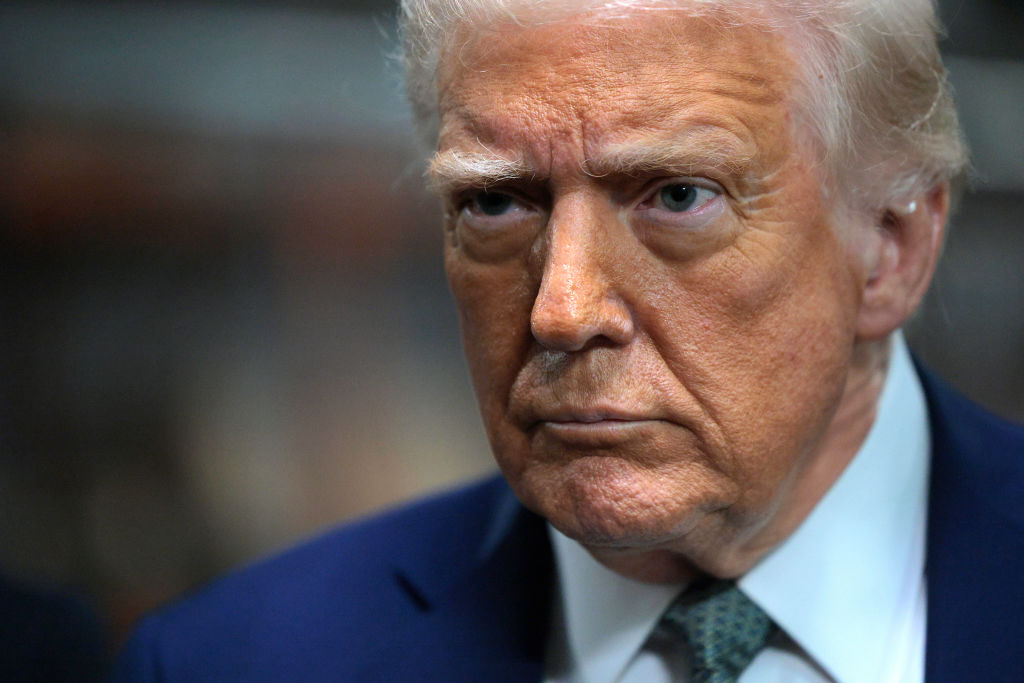
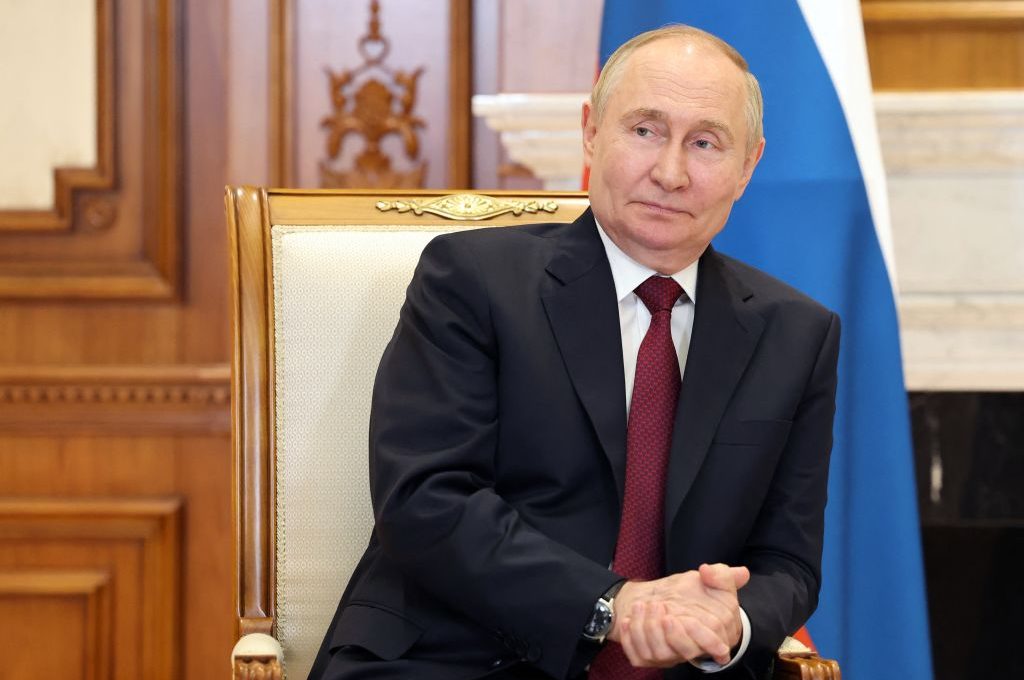
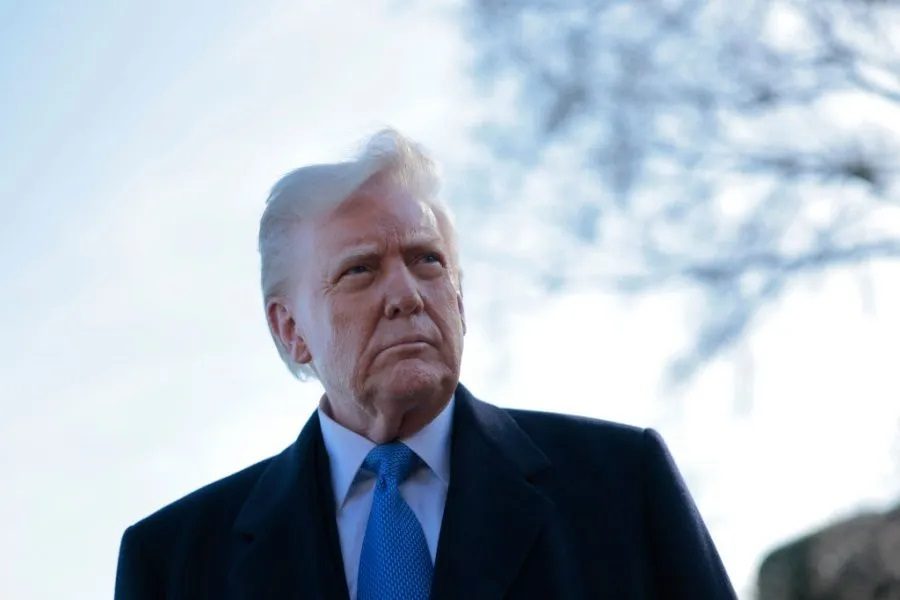
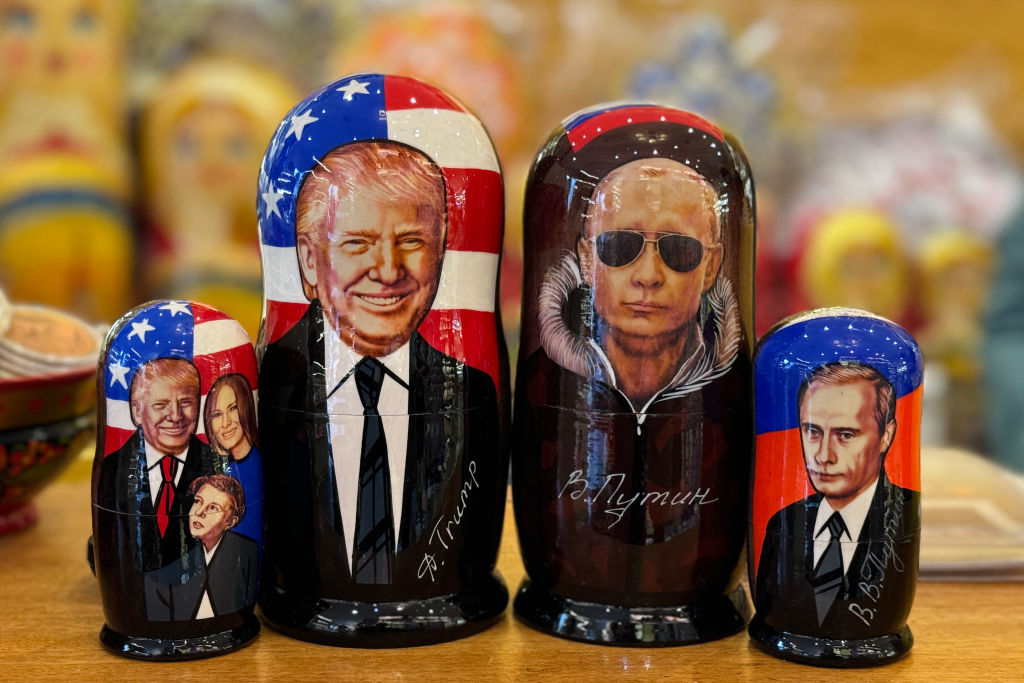
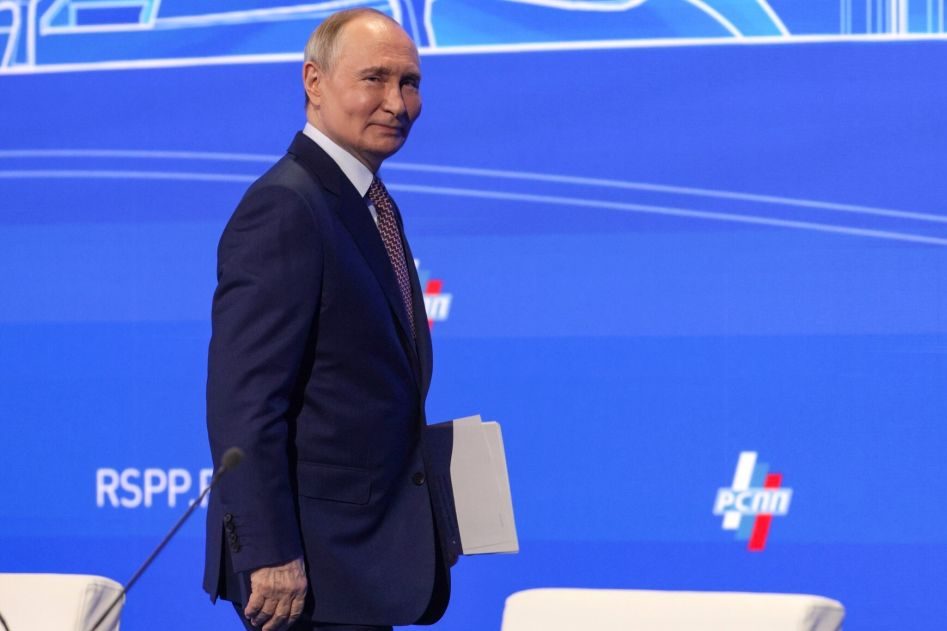








Leave a Reply